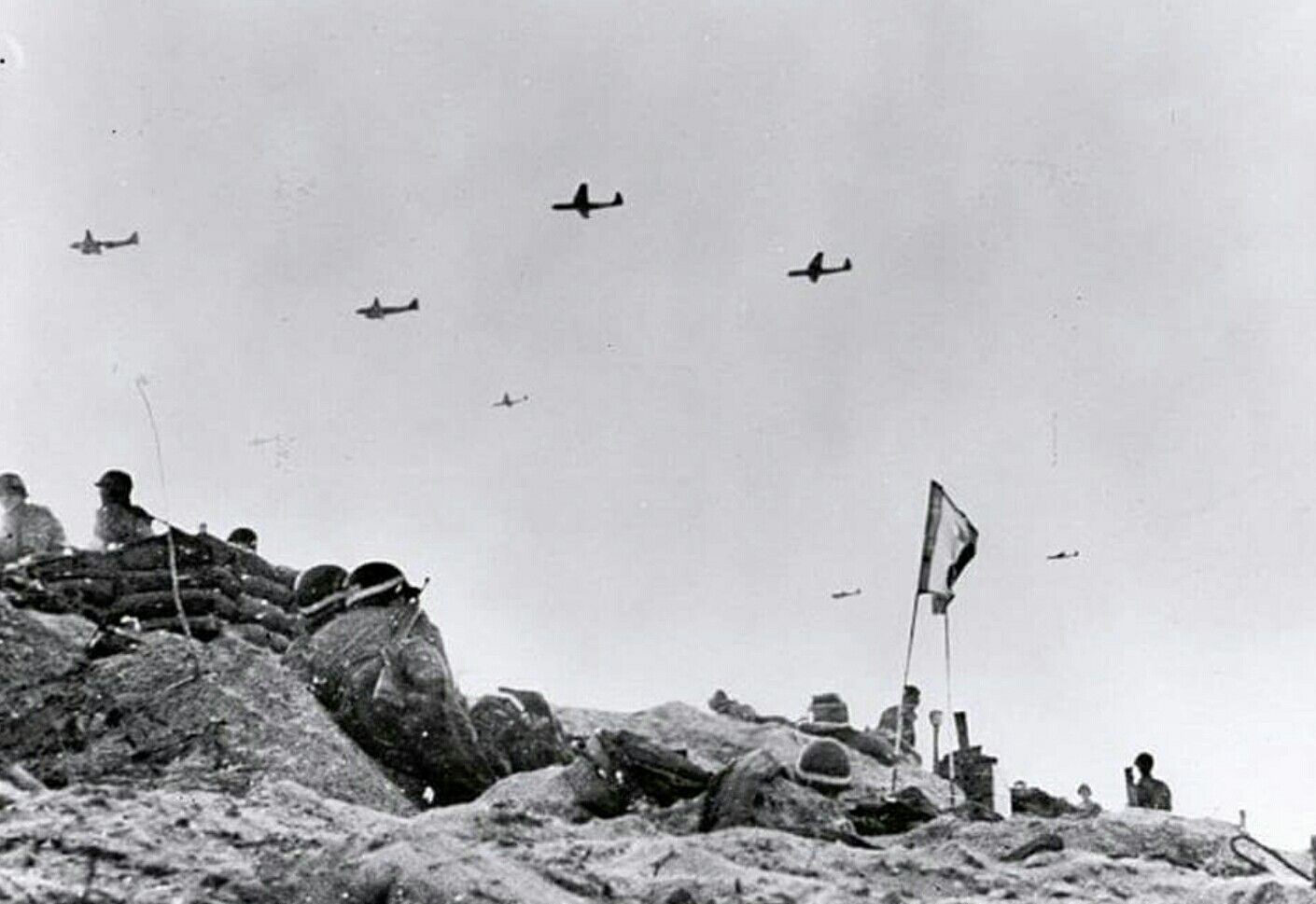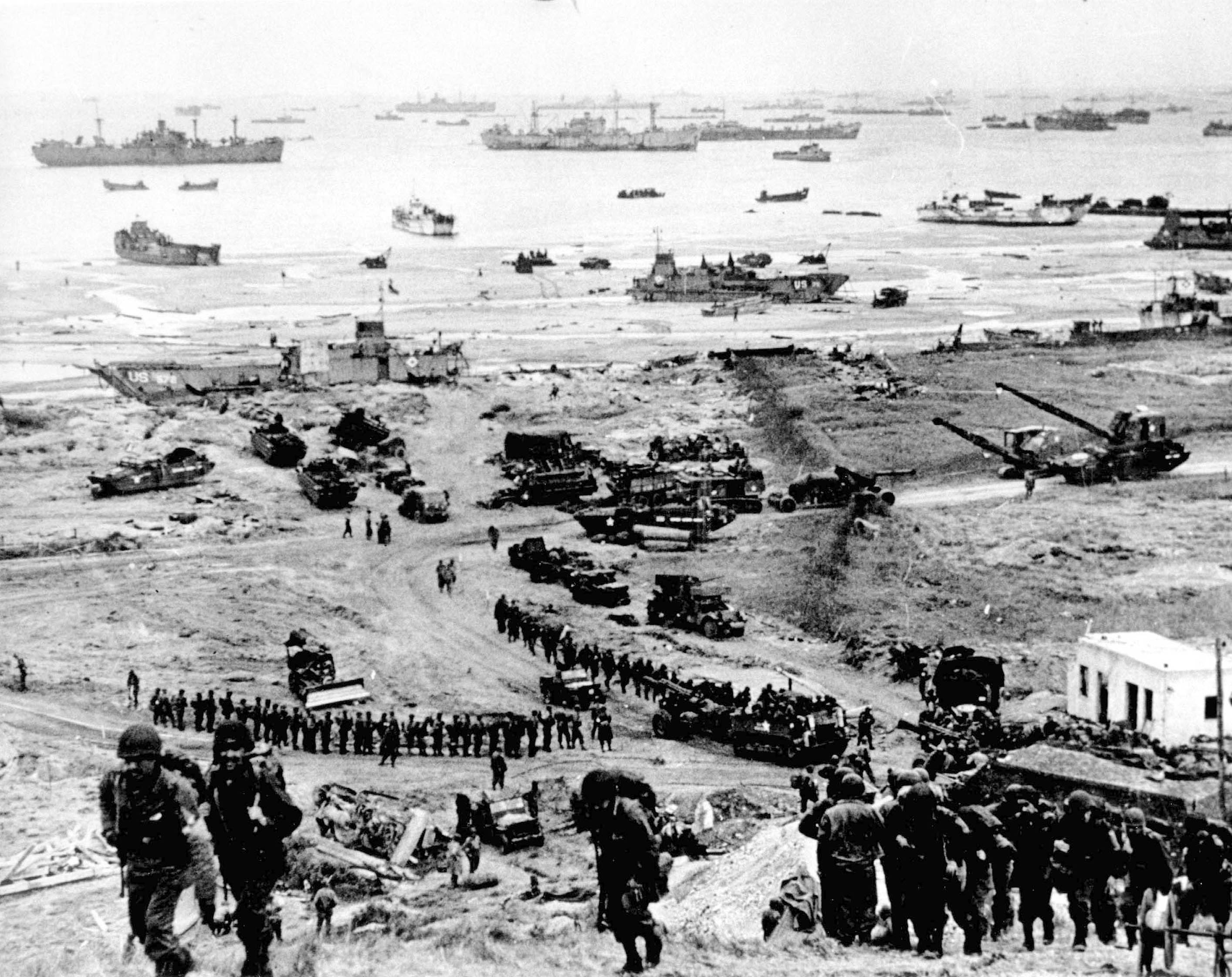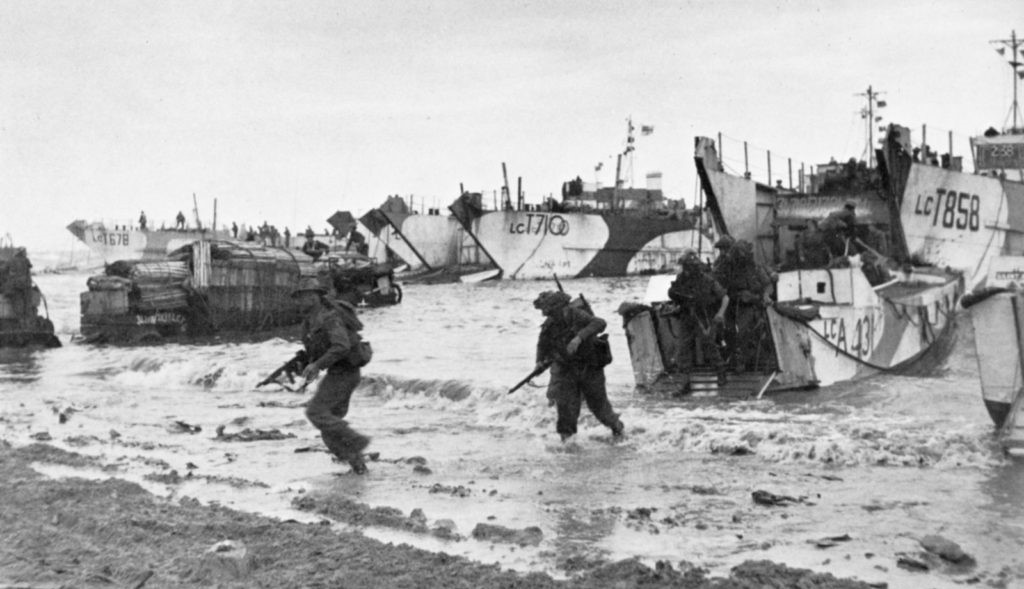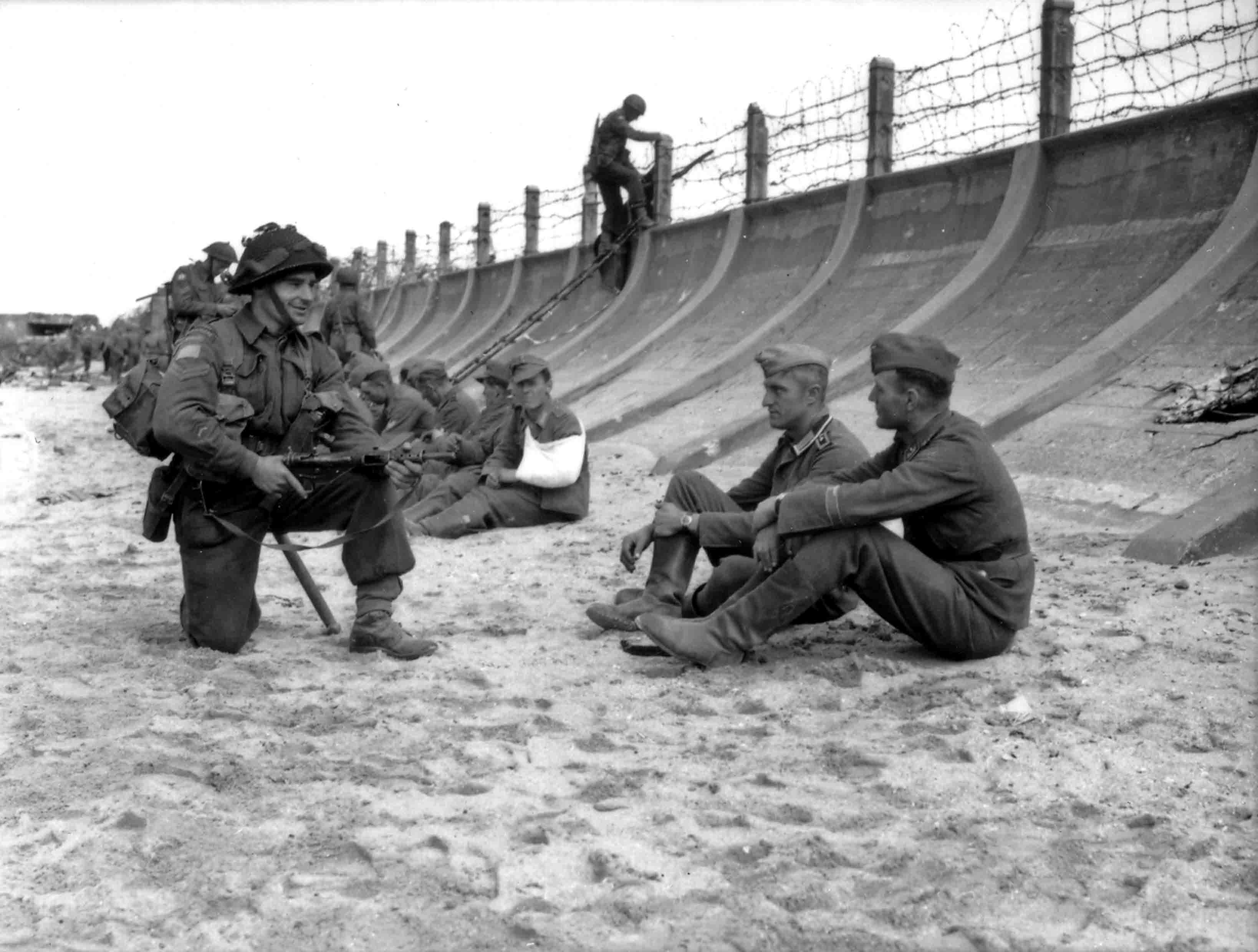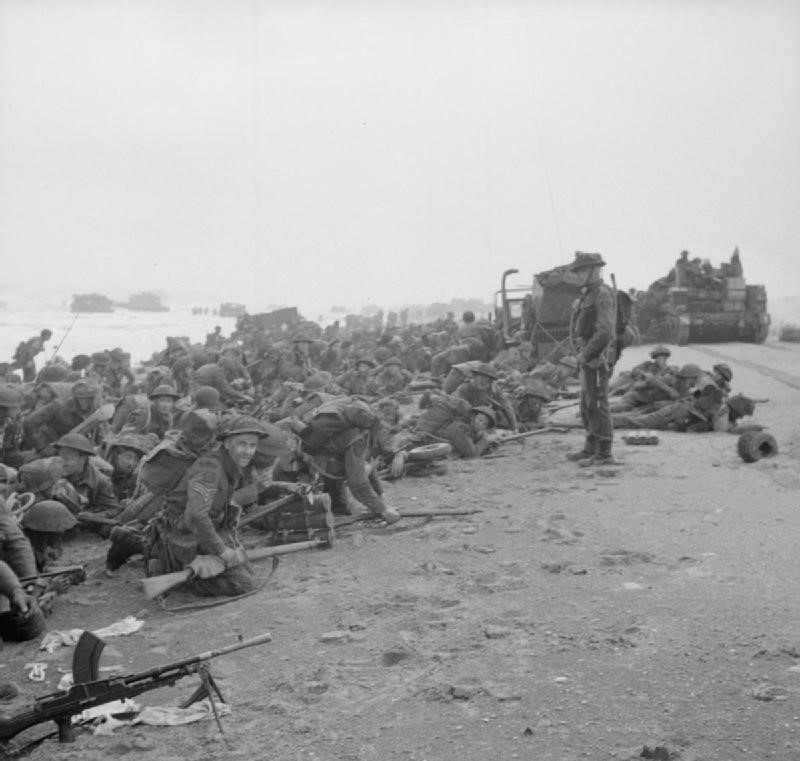The Normandy Landings
June 6th 1944 marked the fateful day when two forces of immense size clashed on the beaches of Normandy. The operation, OVERLORD, is known as the largest amphibious assault in history. The Allies would pierce through tough resistance from the Axis forces spread across the North-West border of France. But there were not two armies in this battle, in fact, there were six: America, Australia, Britain, France, Germany, and Poland. 1
Prelude to Battle
Few places were more idyllic than Normandy, France the May of 1944. Despite heavy miliatary activity. Normandy had not been fought over during the initial invasion of France a few years prior. The agricultural land boasted rich, loamy soils and lush fields with orchards. All soon to be tarnished by the war impending. A site that served as a component to the German Atlantic wall, Normandy's coastline consisted of coastal defences and batteries from the previous year. The troops that manned these structures were largely veterans taken from the Eastern front and fresh recruits. Bunkers, mines, and offshore structures decorated the extent of the Atlantic wall from the Spanish frontier to Denmark and Norway. 1, 2
Each side was shepherded by famously by the leaders General Dwight D. Eisenhower for the Allies and Field Marshal Erwin Rommel for the Axis Powers. Eisenhower was the head of the War Plans Division. Prior to the assault, he drafted the Marshall Memorandum, a plan presented to the White House. The plan proposed two distinct operations: a full-scale invasion of the European continent on April 1st, 1943 by 1.5 million men on 7,000 landing craft. This date would soon face delays due to logistics. The second was a contingency plan to be undertaken in Autumn of 1942 if Russia seemed to collapse or the German position was 'critically weakened'. Experienced from the African campaign, Rommel endlessly travelled around the threatened zones in France to raise the will of his commanders. Certain German forces were positioned in France to provide respite for their attacks in the Eastern front.1
Interestingly, the beaches of Normandy were not the expected landing destination of the Allied forces according to the Axix Powers. Calais marks the nearest location between the United Kingdom and France across the English Channel. It was here and at Norway that the Germans anticipated the full extent of the attack. The well-known work from Alan Turing and his team of experts in cracking the German Enigma Code ensured that the Allies had the upper hand in terms of espionage tactics. The Double Cross system specialised in converting German spies into double agents and successfully deceived the German opposition. 3
Over the course of May and early June of 1944, 150,000 Allied troops travelled with vehicles in vast columns known as sausages towards the British lands closest to the beaches of Normandy. 4 As the German Wehermacht anticipated invasion, Hitler remained in his Alpine residence, confident that the Atlantic Wall would repel any form of barrage. Unanticipated, the sounds of planes humming could be heard throughout the skies above Southern and Central England. Three airborne divisions took flight in over 1,200 aircraft, the American 101st and 82nd Airborne Divisions, and the British 6th. Landing craft and assault ships numbering nearly 5,000 were escorted by 6 battleships, 4 monitors, 23 cruisers, 104 destroyers, and 152 escort vessels across the English channel on the morning of June 6th, 1944. 5 There were five beaches designated as assault areas during the operation. From West to East, they were Utah, Omaha, Gold, Juno, and Sword. A different story was told at each of these five iconic locations:
